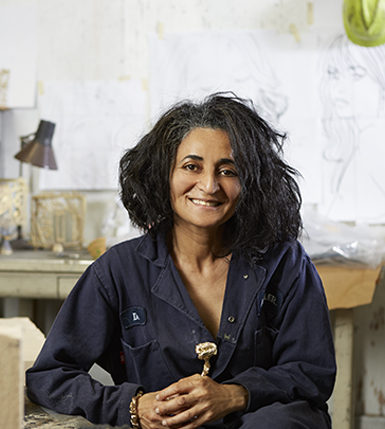Ghada Amer
Arts/Industry: Foundry, 2017

Ghada Amer was born in Cairo in 1963. In 1974, her parents relocated to France where she began her artistic training ten years later at Villa Arson, Nice, France. She currently lives and works in New York and has exhibited at the Venice Biennale, the Sydney Biennale, the Whitney Biennale, and the Brooklyn Museum.
In 1997 she was the recipient of a Pollock-Krasner Foundation grant, and received the UNESCO award at the Venice Biennale in 1999. Amer has had solo exhibitions at the Brooklyn Museum, New York; San Francisco Art Institute; De Appel Foundation, Amsterdam; Indianapolis Museum of Art, Indiana; and MACRO Museum, Rome. Her work has been exhibited in group shows at such venues as Mori Art Museum, Tokyo; Deste Foundation Centre for Contemporary Art, Athens; National Museum of African Art, Washington, D.C.; as well as the Museum of Modern Art in New York. She participated among others in the Kwangju Biennale, the Whitney Biennial, and the Venice Biennale. She is represented by Cheim & Read, New York.
“I believe that all women should like their bodies and use them as tools of seduction,” Amer stated. In her well-known erotic embroideries, she at once rejects oppressive laws set in place to govern women’s attitudes toward their bodies and repudiates first-wave feminist theory that the body must be denied to prevent victimization. By depicting explicit sexual acts with the delicacy of needle and thread, their significance assumes a tenderness that simple objectification ignores. Amer continuously allows herself to explore the dichotomies of an uneasy world and confronts the language of hostility and finality with unsettled narratives of longing and love.
Amer’s work addresses first and foremost the ambiguous, transitory nature of the paradox that arises when searching for concrete definitions of east and west, feminine and masculine, art and craft. Through her paintings, sculptures, and public garden projects, Amer takes traditional notions of cultural identity, abstraction, and religious fundamentalism and turns them on their heads.





